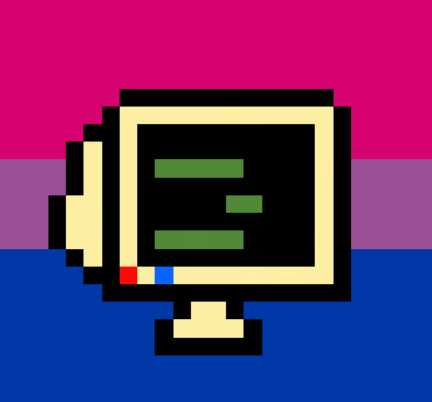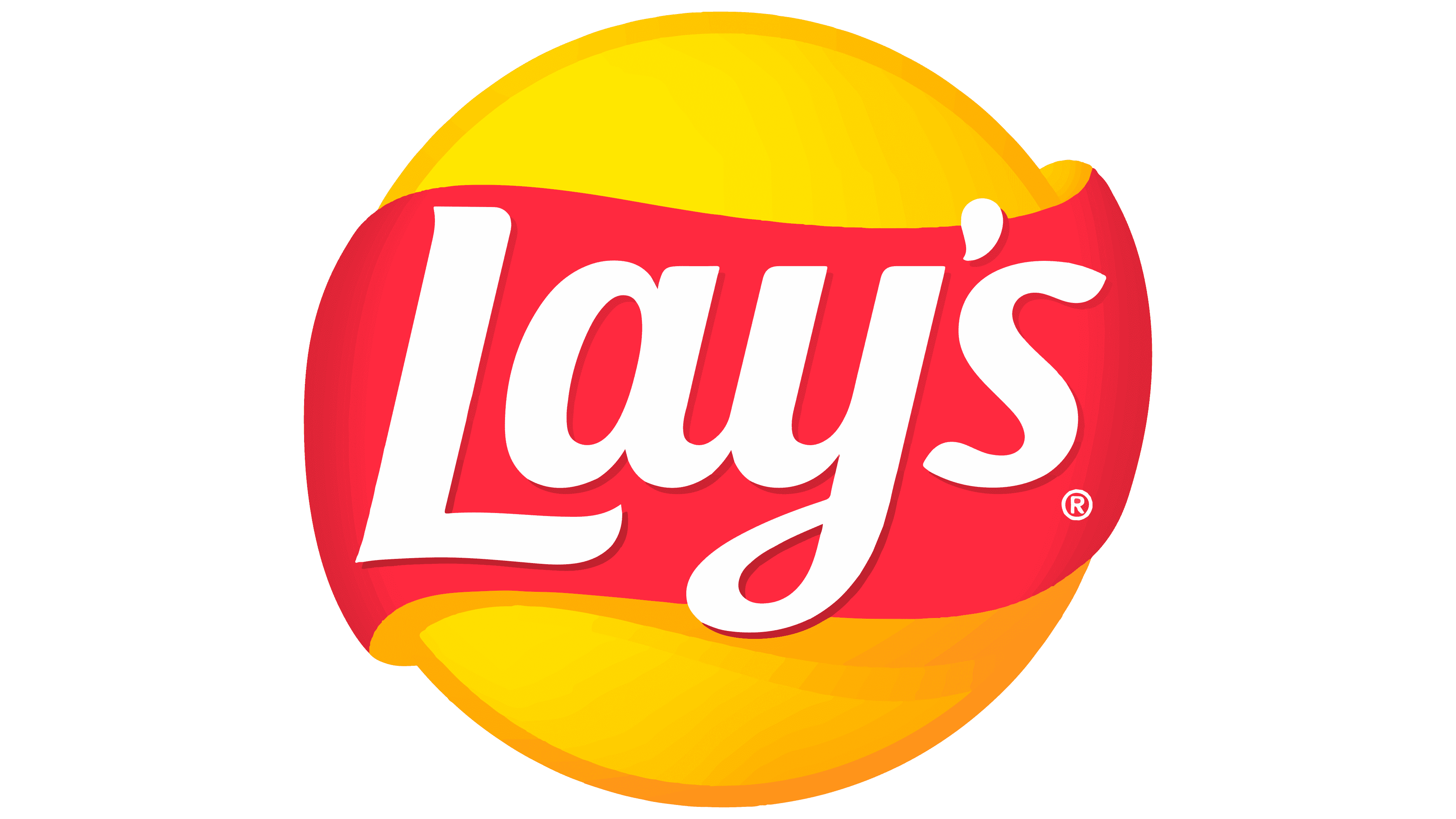Some FOSS programs, due to being mantained by hobbyists vs a massive megacorporation with millions in funding, don’t have as many features and aren’t as polished as their proprietary counterparts. However, there are some FOSS programs that simply have more functionality and QoL features compared to proprietary offerings.
What are some FOSS programs that are objectively better than their non-FOSS alternatives? Maybe we can discover useful new programs together :D
I’ll start, I think Joplin is a great note-taking app that works offline + can sync between desktop and mobile really well. Also, working with Markdown is really nice compared with rich text editors that only work with the specific program that supports it. Joplin even has a bunch of plugins to extend functionality!
Notion, Evernote, Google Keep, etc. either don’t have desktop apps, doesn’t work offline, does not support Markdown, or a combination of those three.
What are some other really nice FOSS programs?
edit: woah that’s a whole load of cool FOSS software I have to try out! So far my experiences have been great (ShareX in particular is AWESOME as a screenshot tool, it’s what snip and sketch wishes it could be and mostly replaces OBS for my use case and a whole lot more)
Immich might not hold up yet in every aspect to Google photos, but I was and am still blown away by how much better face detection and grouping works. I cannot believe how ridiculously bad that feature is in Google, you just have to pray that it works, and if it messes up, it’s extremely annoying to fix. In immich, it works exactly as you’d expect.
fre:ac is way, way better than Exact Audio Copy. Audiophiles like to suck the dick of EAC and don’t trust any other software to rip CD’s. fre:ac literally has all the same features and more. There’s a Windows and Mac version as well but they refuse to even acknowledge it. I’m a Linux audiophile btw.
Linux is so much better than Windows.
… Unless of course you’re trying to connect two external monitors through a docking station with a USB-C into the laptop with a closed lid and disabled inbuilt screen.
Unfortunately, in my experience, Linux routinely fails at this task (tried many different distros) while Windows “just works”.
Depends on the hardware I suppose. My Dell dock just works.
Never had that issue on my thinkpad, sorry to hear!
I’m having it on my Framework laptop - I really was hopeful that it would just work with that :(
Linux itself is not the problem here. Which DE is it? Does it use X.org or wayland? If you disable the login manager, do the screens work in TTY right after the boot? If you use X.org, Sometimes X.org drivers needs to be configured, Some OSes come with X.org configs like Arch. So in Arch you usually just have to install the packages you need. If you use Wayland, try X.org.
Did you try windows and Linux on the same machine? Hardware limitation can cause such issues. But if it works with Windows but not with Linux then it’s not that.
Windows may use worse quality output, e.g. different refresh rate, different color profile to fit into the hardware bottleneck. You can also experiment with these.
USB controller kernel driver could also interfere in theory, you can try different kernel versions.
Multiple GPU setups have also many options that you can play with.
I hope it helps.
If you disable… needs to be configured… just have to install the packages
And this is exactly the problem. I suppose there might be a way to fix it, but if Windows can just make it work for me, why can’t Linux do the same? All this “Oh you just need to do X and Y” should be unnecessary bullshit.
Also, it’s not that it doesn’t work at all on Linux, but it works sporadically. For instance, when the system goes to sleep and needs to wake up, the screens sometimes turn on, sometimes they don’t and I need to pull the plug and reconnect. This is never necessary on Windows.
Most of the time a popular distro just works, your special case did not. You should find the root cause, and report it. I’m sure windows is not bug free.
I’ve tried on Ubuntu, what’s more popular than that.
Windows is certainly not bug free and I’m very much a fan of the idea of FOSS - the execution is unfortunately lacking in this aspect.
People call Tiktok brainrot, but I feel like Windows has had the same effect on people.
Oh totally. I just wish Linux had better user experience than it does, cause right now it’s kind of subpar.
I have opposite experiences! Multiple Linux laptop, with multiple docking stations: a bit of xrandr magic and everything works, forever. (BTW, try setting manually the refresh rate at different values for the two monitors via xrandr, I have solves a similar problem to yours in the past by creating a dedicated display class.)
On a Mac, it’s impossible, I have to plug one cable directly in the computer to make it work, and the quality of the output on 2k monitor is way worse since they disabled sub-pixel rendering or some stuff.
Windows also works decently on this regard, until it doesn’t (my partner’s PC stopped recognizing HDMI monitor at some point, and the debugging was frustrating as hell).
And also better than MacOS!
You mean the ease of setup, or the native handling of the world’s most popular applications?
Also dude, I just spent 8 hours trying every last weird hack that I could find on the internet, including editing the registry to try to get a Windows game to work on Windows 10. It would just crash on a fresh install of Windows. Steam on Linux worked flawlessly, riddle me that Batman, Linux was able to do better at Windows than Windows.
what game was it
Helldivers 2, which is otherwise excellent.
oh, I think maybe that is poor game design from the developers, I have heard many PC people experiences crashes/black screens etc, I suspect from poor utilization of system resources. it’s possible the developers managed memory poorly in a windows environemnt
Like the Internet?
emacs
QGIS for geographic/geospatial data. Built on shoulders of FOSS giants, embracing latest highly interoperable standards, it is amazing !
Pdftk
deleted by creator
Most of them
My paint and Krita are great, I use them daily
I’m really sorry but Joplin is not and will not ever be “objectively” better than Obsidian. SilverBullet is subjectively better than Obsidian though. Note taking is such a heavily opinionated matter that there’s no scope for objectivity there.
FFmpeg, OBS and VLC. I promise I use my computer for more than video.
ffmpeg is where my mind went. It’s so good I don’t even know what the alternative is.
There probably actually isn’t an alternative. Whatever piece of software you might otherwise use to encode or convert video is probably using ffmpeg behind the scenes anyway.
For images (it can process images as well) imagemagick is used.
all are great :D
ffmpeg is a GODSEND. saves me going to those “convert to file type” websites when I can do it locally and so much faster 😩🙏
Those websites are probably using ffmpeg on the backend anyway
also FFShare on android as well. you share a video to it from another app, then it spits out a smaller sized file. so instead of trying to sent a 20mb video to someone its more like 3mb and sends a lot quicker (depending on the settings you use)
Another one of those tools is image magic. Like ffmpeg but for images
ImageMagick
It’s even better when tied to an automation app. I’ve got FileFlows sitting in my media library, so any time I drop new stuff in, it automatically gets converted to my preferred on disk format.
I still get some ones I have to touch manually, but most of it gets taken care of without even thinking about it.
Compiz, Wayfire, and KWin all outshine both Windows and MacOS in quality and render performance.
The amount of visual magic in Compiz and Wayfire especially is both incredibly useful but also hilarious.
3D desktop cube is a great way to handle multiple desktops, but rotating your windows to any angle is just to show off to your friends lol.
Breezy weather for Android. It works exactly the same, and doesn’t have any of the privacy bullshit strings attached.
Lichess -> chess.com
But it’s hard to be impartial / objective about modern stuff like that.
seems interesting, might have to check it out
OpenDroneMap. It’s a suite that provides photogrammetry, stitching, volumetric analysis, geographic correlation, and 3D model conversion from aerial and non-aerial photos. And that’s only the features that I use myself. It defaults to CPU-only rendering, so you don’t need a big bad GPU to GSD.
Even ignoring the lack of subscription cost, ODM performs at least as well as other applications I tried such as Pix4D. Professionally, I use it for year-over-year kelp bed monitoring, photosynthetic mass analysis, and home construction analysis, specifically volumetric infill needs. Personally, I use it to generate 3D models of my boat interior, which I convert to STL files for arranging infrastructure in limited spaces.













